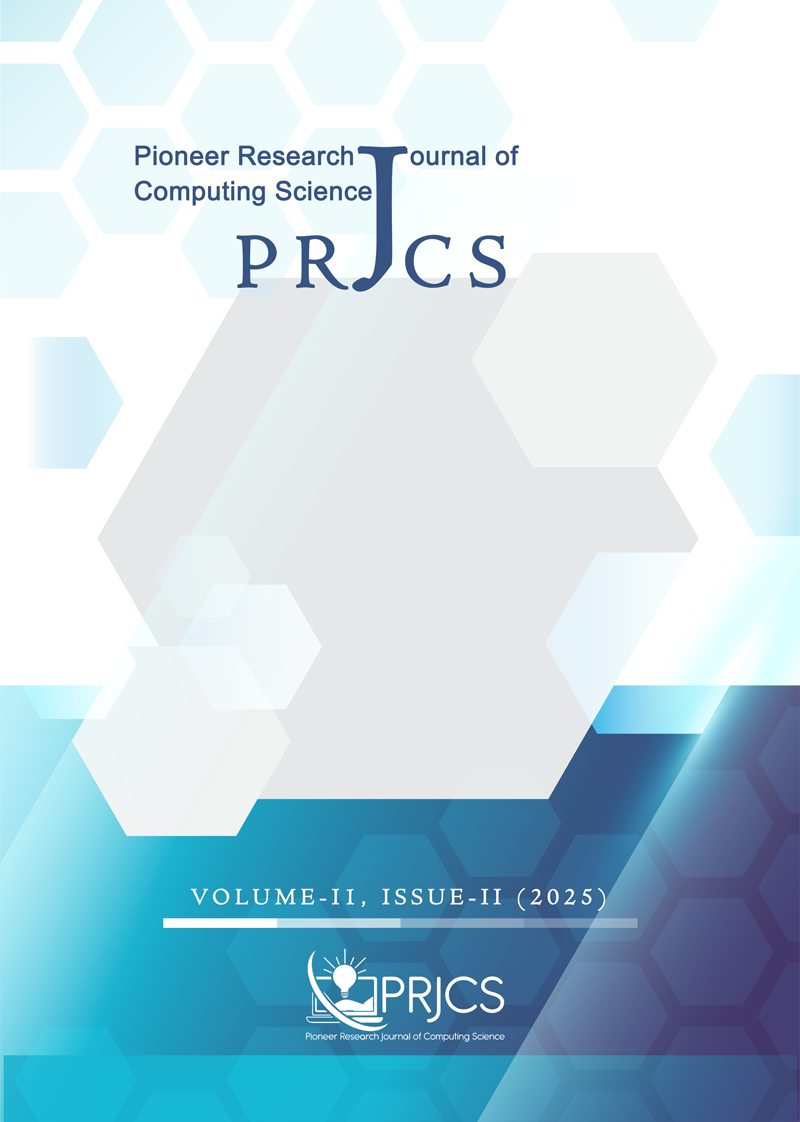Expanding the AI Health Frontier: From Public Trends to Genomic and Visual Data Insights
##plugins.themes.academic_pro.article.main##
Abstract
Artificial intelligence is steadily transforming healthcare by helping us make sense of the huge, messy volumes of data that systems collect every day. In this study, we looked at what happens when you bring together three very different types of health data, public health trends, genetic information, and medical images, and try to get them to “talk” to each other through AI models. Our goal was to see if combining these domains could lead to better predictions, faster diagnoses, and more personalized treatment options. To do that, we used a layered machine learning approach. For the public health data, we leaned on ensemble models like Random Forest and XGBoost to predict trends, like regional mortality shifts. For medical images, think MRI scans, we used deep learning models (CNNs and U-Nets) to handle segmentation and classification tasks. And for the genomic data, we applied gradient boosting to flag genes linked to how patients respond to certain cancer drugs. We assessed each model’s performance using a mix of metrics: ROC-AUC, F1-score, precision-recall, and confusion matrices, depending on the task. The data came from well-established public sources, including national health records, cancer genomics databases, and annotated medical image sets. The results were encouraging. The AI models weren’t just performing well within each data type, they got even better when we let them work together. Mortality trends were predicted with more accuracy, brain tumor regions in MRIs were segmented more precisely, and key genetic biomarkers tied to drug response were easier to pinpoint. Pulling these pieces into a single predictive framework gave us a boost that siloed models couldn’t quite match. Still, we’re not pretending this is plug-and-play. Making this work in real-world healthcare depends on a few things: strong data governance, models that we can explain and trust, and clear ethical boundaries around how these tools get used. This kind of cross-domain integration isn’t a silver bullet, but it’s a strong step toward healthcare that’s more responsive, more precise, and more prepared for what’s coming.

